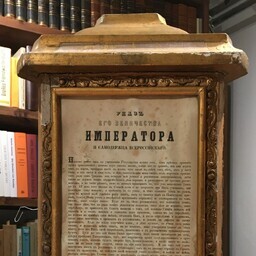In the Russian Empire, the church was subordinate to the state. Clergy were tried under a separate law. University of Tartu student Karl Kristofer Alp studied how the church court system changed in the Republic of Estonia.
In the 1920s, Christians made up over 90% of the population in Estonia. Most of them belonged to the Estonian Evangelical Lutheran Church (EELK). The church was of great importance, but its role has diminished today.
Alp studied the activities of the church court between 1918 and 1934. During this time, the church had to adapt to the legal framework of a democratic state. Although the constitution stated that there was no state church, it took time for this to be reflected in the laws.
The history of the church court dates back to the 13th century when the Estonian territories were Christianized. The Catholic Church had its own legal system, which also influenced secular law. In Estonia, bishop's courts operated, dealing with issues such as heresy and moral offenses.
From the 17th century onwards, court hearings in the Lutheran church took place in consistories. Consistories dealt with religious matters, supervised congregations, and examined clergy. The decisions of the consistory were significant and could be appealed.
In 1832, the Lutheran Church Law was enacted in the Russian Empire. This subordinated consistories to the Supreme Consistory in St. Petersburg. The church's court system became two-tiered. Consistories were part of the Russian Empire's judicial system.
The establishment of the Republic of Estonia did not halt the activities of the consistory. Although the state and the church had to separate, the church retained many responsibilities, such as the registration of marriages and the management of cemeteries. The consistory continued to hold court on the old basis.
In 1925, a law was passed that separated the state and the church. Churches gained more freedom but lost some responsibilities. The consistory's jurisdiction in divorce cases disappeared in 1923.
In 1926, the Ecclesiastical Supreme Court was established within the church to handle appeals of consistory decisions. It was a professional institution where recognized lawyers worked. The Ecclesiastical Supreme Court operated until 1935.
During the Soviet occupation, church courts were closed, but their activities continued during the German occupation. After Estonia regained independence, the church courts were reinstated, but in 2021 they were abolished. Now disputes are resolved in the Episcopal Council.

